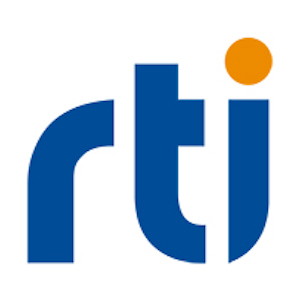In parts 1 and 2 of this series, we explored Generic Vehicle Architecture (GVA) in detail, including its aims, operational benefits and why the Data Distribution Service™ (DDS) standard provides a proven underlying communications technology for it. We also focused on the data model (referred to as the Land Data Model) and how it can use some of the newer features available in DDS to help vehicle manufacturers conquer new horizons.
In our third episode, we’ll travel further down the road to tomorrow as we highlight important new and upcoming features of DDS. Specifically, we’ll explore how these features are poised to guide and enable the future evolution of the GVA standard and GVA-enabled vehicles. The key factors are:
- DDS Security: We will explore how it is currently implemented in DDS, as well as how that implementation could be used in the future to achieve and enforce next-level security in GVA vehicles.
- Time-Sensitive Networking (TSN): The combination of DDS and TSN is of great interest going forward, as it can offer network-level deterministic connectivity (over standard ethernet) with the added benefit of software-level control via DDS Quality of Service (QoS) policies.
- Autonomy: Today, DDS is being used by a myriad of customers who are building autonomous systems. We’ll explore how the design principles of next-generation autonomous systems can easily be applied to GVA and GVA-connected systems in the future.
 Presented by
Presented by